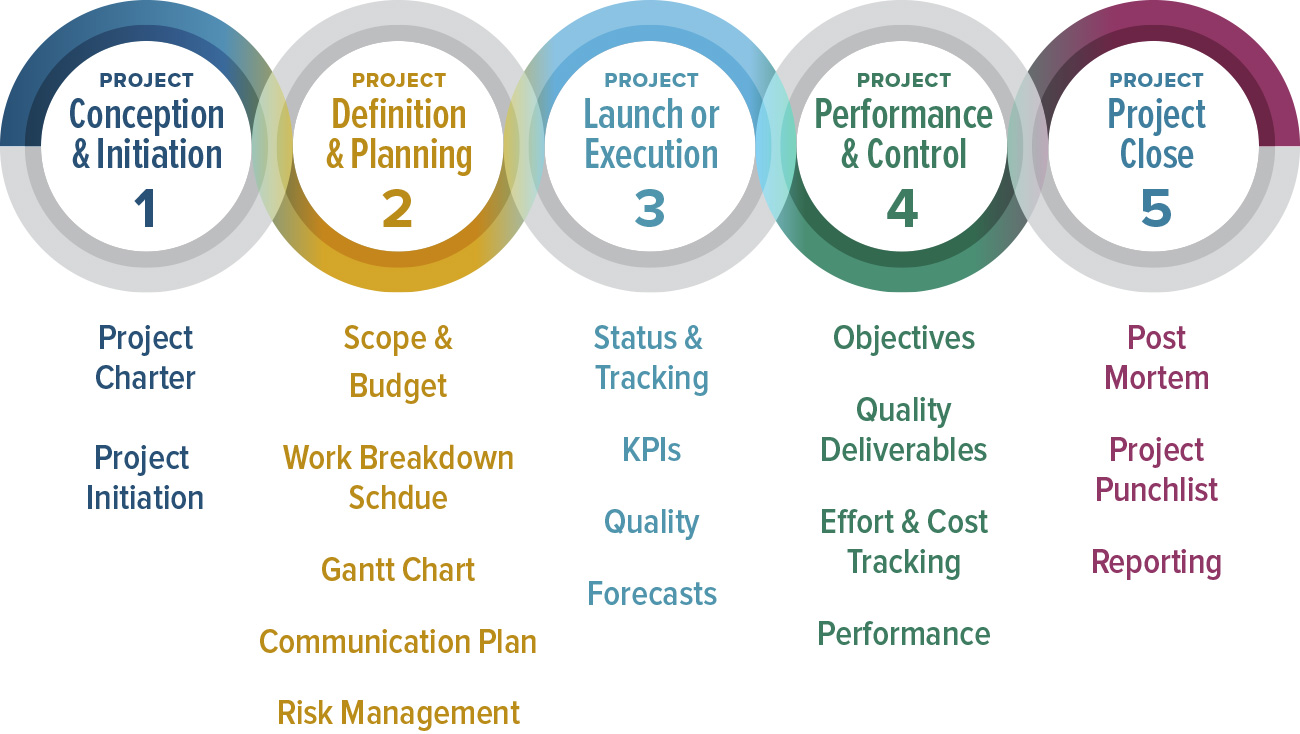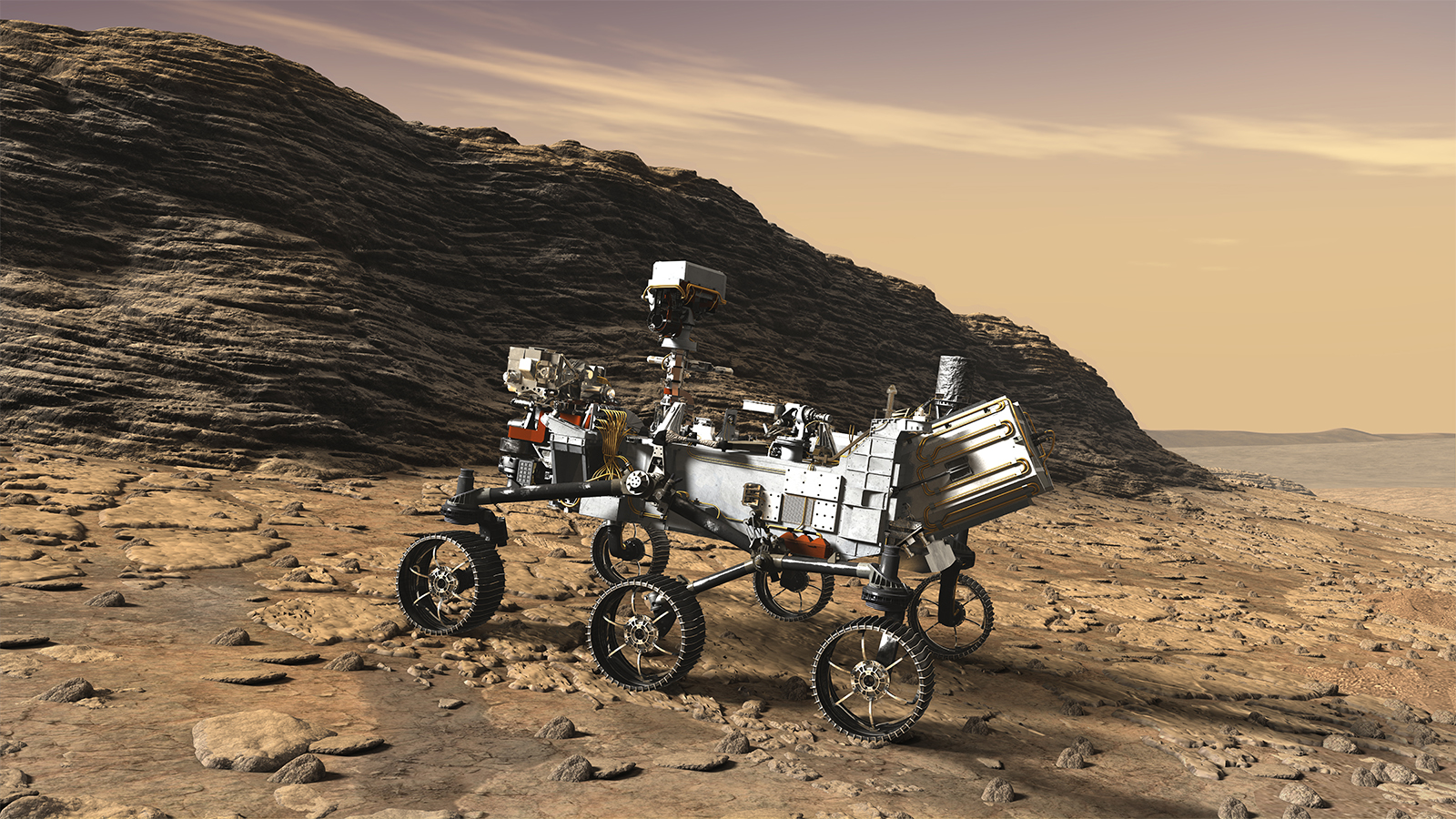Nasa Mars 2020 Mission and Project Management Techniques
NASA intends to start a new mission in 2020 toward Mars, there, the Rover Research Robot will collect very important information from the soil of the neighboring planet. Everything that comes from Nasa arouses a great interest for lovers of science, engineering, and space affairs.
Reading about the Mars 2020 project (According https://mars.nasa.gov/mars2020/mission/timeline/surface-operations/), I also found it very interesting how NASA manages the project and how it communicates with the public via its Portal.
I have cut the high-level information about this project and would like to parallel it with traditional project management such as PMI, which we need every day in large companies.
So even a simpler one-week project that aims to build a report or client presentation can – why not – absorb the way to manage a mission to Mars. So let’s go on the chart below. NASA lists the High Level phases that this mission will include. We will then comment on the parallel with project management.
The phases of the Mars 2020 mission would include:
- Pre-launch Activities: Preparation for the mission, including pre-project planning, science definition and instrument selection, landing site selection, assembly and testing, and delivery to Cape Canaveral
- Launch: Lift-off from Earth
- Cruise: Voyage through space to Mars
- Approach: Nearing the red planet Mars
- Entry, Descent, and Landing (EDL): Journey through the martian atmosphere to the surface
- Instrument Checks and First Drive: After landing when engineers first conduct tests to ensure the rover is in a “safe state”
- Surface Operations: Learning about Mars through the day-to-day activities of the rover
- Follow-on Steps potentially completed by a later Mars mission
We have already noticed an organization with a well-defined design of the phases. We may consider that NASA has already gone through the KickOff of this project however it has Pre-launch Activities that are very important for the launch. We could say that it would be the start of a project. It would comprise the initial 2 phases of PMI: (1) Conceptualization and Initiation and (2) Definition and Planning.
We may consider that NASA has already gone through the KickOff of this project however it has Pre-launch Activities that are very important for the launch. We could say that it would be the start of a project. It would comprise the initial 2 phases of PMI: (1) Conceptualization and Initiation and (2) Definition and Planning.
We have a very important phase, and this is the Pre-launch activities. It is where all planning, selection of resources or instruments, destination selection, tests etc. occurs.
As we know in typical projects, a suitable preparation for entry into production since project development is extremely important. There can be no uncertainty after the launch. In this case, if it is assumed that everything has already been defined, and has already been discussed to the extent of the possibility of knowledge and action. There would be no more to change ideally, all opportunities were exhausted for the success of the project.
In the case of Launch, it is assumed that the project has already begun, but we could imagine the Cruise here to the planet Mars as an initial phase of the project, which is characterized in a different way, but is essential for the success of the final goal.
Anyway, the Launch would correspond to item (3) of PMI, Launch or Execution.
An interesting phase is the Approach. At this stage some pre-programmed adjustments will be made so that the spacecraft approaches properly before landing on the planet, orbit, propulsion, and adjustments for entry into the atmosphere is important at this stage.
In the Cruise, Approach, and EDL phases, the item PMI (4) that corresponds to Performance & Control monitoring is for everything until Landing and Surface Operations (inclusive).
Similarly, when approaching a moment of production, we must prepare what will be the reality and ultimate fact in a large company. This is the new project that will be put in full operation in search of its initial objectives, in the final phase of Production, which would be the operation on the surface of Planet Mars itself.

Here we see this technology called NASA’s EDL, which is the technology linked to landing in a correct way according to the objectives.
The Landing process in which NASA is a strategy that will give greater precision to the exact landing site. In other words, the topology is a very important item so that the Rover can start its operation well.
We can imagine in the parallel with project management, the stress that is an entry into production people need to pilot what was new as it were in day to day, fully integrated with all the updated information in the operational aspect so that there is no problem with the new project in its final phase.
I am calling here the Surface Operations of the Rover, which is where the ultimate objectives of the Mars 2020 mission will be achieved. The production phase itself (last stage).
Just before the Surface Operations, a overall check of instruments and the first safe driving of the Rover are made. It is like an assisted operation, already in production itself. It’s an important step for operations to go well.
Last item is the Following Steps ie we can imagine as lessons learned from the project what can be improved for future missions or even adjustments to the goal of the mission itself. It would be related to PMI item (5), Project Close.
See more details compiled from the NASA Portal, summarized below. It is about phase details, above, which of course, is also important in Project Management.
Pre-launch activities include:
Pre-Project Planning:
- Mars 2020 concept and requirements definition (Phase A – Completed)
- And its preliminary design and technology development (Phase B – Completed).
- Final Design and Fabrication at NASA’s Jet Propulsion Laboratory: The Mars 2020 mission team is building parts of the rover and its spacecraft (Phase C).
- Engineers assemble and test the Mars 2020 rover in a clean room at NASA’s Jet Propulsion Laboratory (Phase D).
(1) The Mars 2020 team is currently considering 8 potential landing site;
(2) The Mars 2020 rover will make a journey from its California birthplace to Florida in preparation for launch.
Surface operations
The surface operations phase is the time when the rover conducts its scientific studies on Mars. After landing safely (February 2021), Mars 2020 has a primary mission span of at least one Martian year (687 Earth days). The Mars 2020 rover uses a depot caching strategy for its exploration of Mars.
What does the rover do during surface operations?
While exploring Mars during surface operations, the rover:
- finds rocks that formed in, or were altered by, environments that could have supported microbial life in Mars’ ancient past (Objective A)
- finds rocks capable of preserving chemical traces of ancient life (bio-signatures), if any existed (Objective B)
- drills core samples from about 30 promising rock and “soil” (regolith) targets and cache them on the Martian surface (Objective C)
- tests the ability to produce oxygen from the carbon-dioxide Martian atmosphere, in support of future human missions (Objective D)
Main Image from Nasa Portal – Rover from Mars 2020 Mission